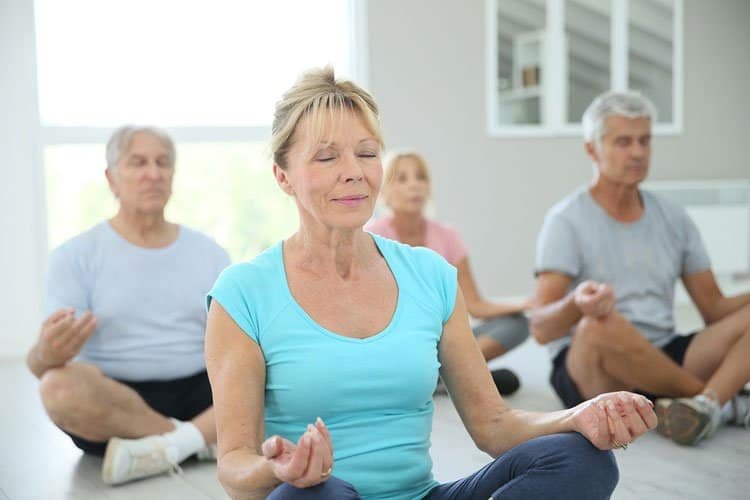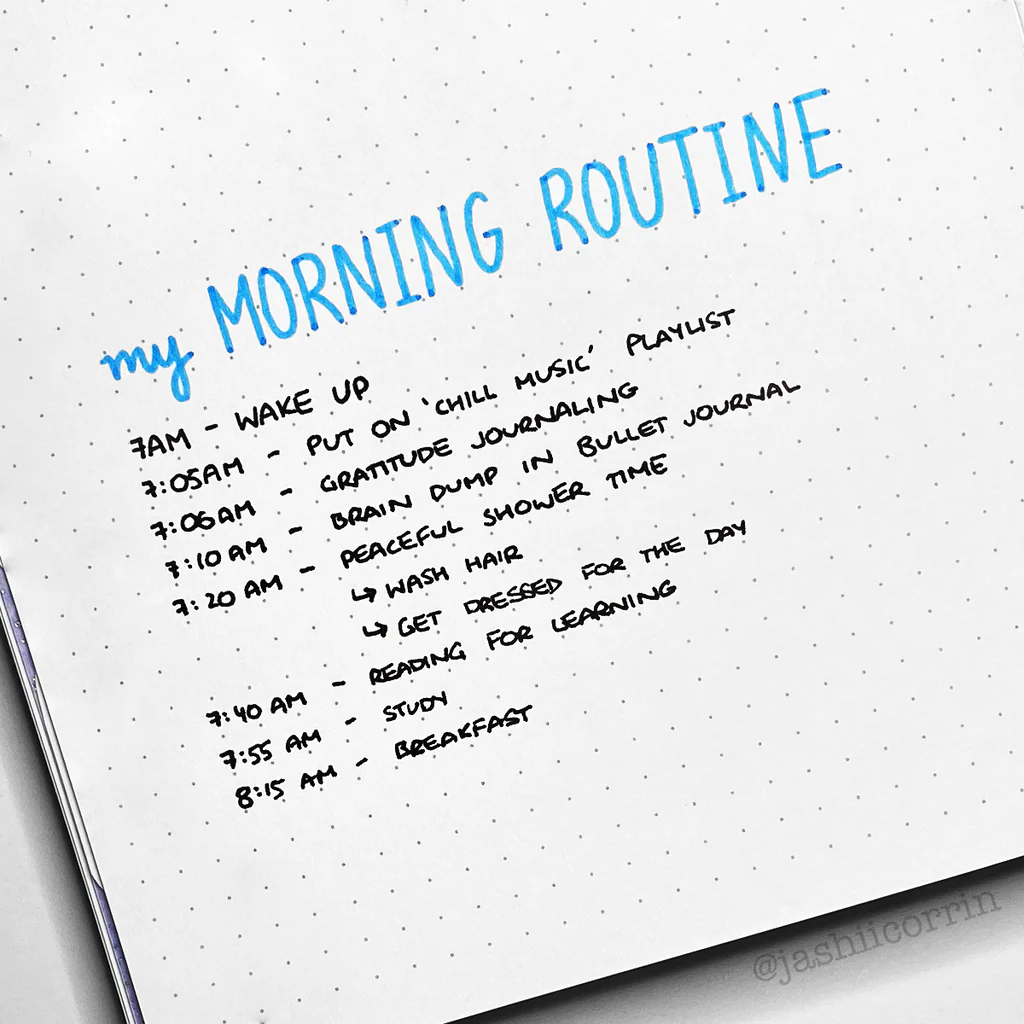Why breathing matters
Your breath is like a built-in remote for your body. Slow, steady breaths can help you feel calmer and more present, which makes it easier to focus on what matters. The best part? You can practice for a minute or two and still feel a difference.
Key takeaway
Short, intentional breathing breaks can gently reduce everyday tension and support clear thinking — no special gear required.
Three easy techniques to try
1) Box Breathing (4-4-4-4)
Breathe in for a count of 4, hold for 4, breathe out for 4, hold for 4; repeat 4 times. This even rhythm can help you reset during busy moments.
2) Longer Exhale (4-6)
Inhale softly through the nose for 4 counts, exhale gently for 6. The longer exhale encourages your body to settle. Try 6–8 rounds.
3) 1-Minute Nose Breathing
Close your mouth and breathe lightly through your nose for one minute, counting each breath up to six. It’s a quick way to center yourself before a task or conversation.
When to use mindful breathing
- Before a task: 60–90 seconds to clear mental noise.
- Between activities: A short reset when switching gears.
- Before bed: A calm rhythm helps you wind down.
- During walks: Match steps with light nose breathing for a steady, relaxed pace.
Key takeaway
Pair breathing with existing routines — morning coffee, a midday stretch, or your evening wind-down — so it becomes effortless.
Build a simple weekly plan
Start small and keep it consistent. A minute here and there adds up over a week. As it feels natural, you can extend sessions to two or three minutes.
Frequently asked questions
Do I need a specific posture?
Sit or stand comfortably with a tall, relaxed spine. Shoulders soft, jaw loose. Comfort first — the goal is ease, not perfection.
What if I feel light-headed?
That’s a sign to slow down and breathe more gently. Pause, return to normal breathing, and try again later with a softer pace.
Can I use an app or timer?
Absolutely. A simple one-minute timer or a breathing app can guide the rhythm. Still, you don’t need any tool to begin.
This article is for general information only and isn’t a substitute for professional advice. If you have concerns about your breathing or health, talk to a qualified healthcare professional.



